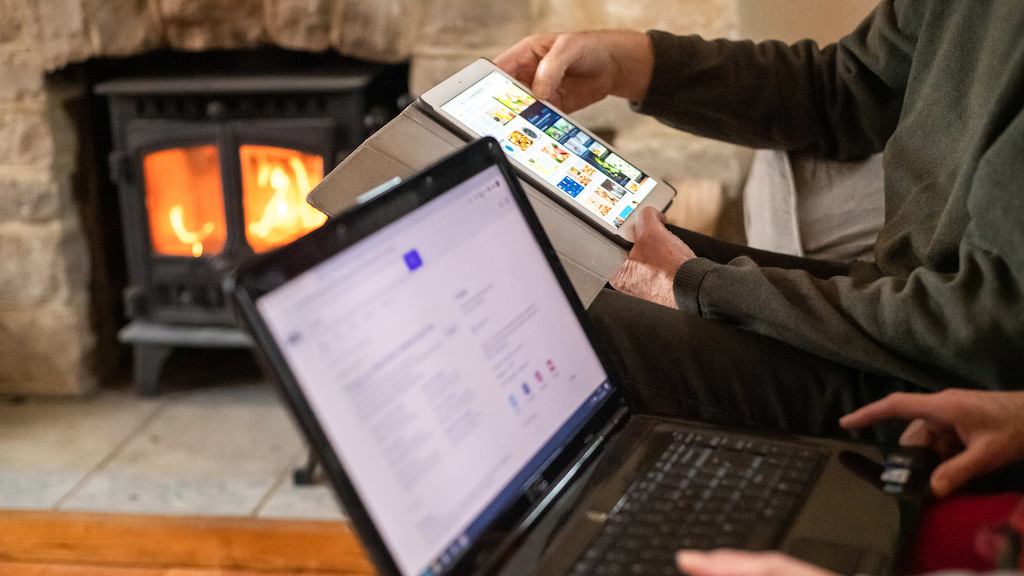The pandemic has meant a fundamental change in the way we interact digitally with an acceleration of people working from home, children home schooling and families spending much more time at home. We have seen thousands of online consumers buying goods online, many people experiencing their first video call, and health and care services shifting online with video consultations with a GP, physio or mental health nurse.
However, there are still many people who are missing out on the benefits of digital connectivity. Digital connectivity in this context means both the infrastructure that keeps us connected, like the broadband or Wi-Fi connection to your home, and the devices in your home that use these connections to make our lives easier.
There is a sharp digital divide in the UK, particularly pronounced for those in later life, who are less likely to be online than younger people. It’s not just about age, however: those with the lowest levels of wealth, health and education are also less likely to be online. Digital connectivity and internet services are also poorer in rural areas. According to Ofcom, there are 1.5 million homes across the UK without access to the internet.
While maintaining offline alternatives is vital to ensuring those who can’t or don’t want to use the internet are not left behind, there are real benefits to many people of getting online, and a broadband connection has become an essential utility, just like electricity and water.
Tackling the digital divide is a vital part of the levelling-up ambition – so what are the barriers people face in getting connected?



